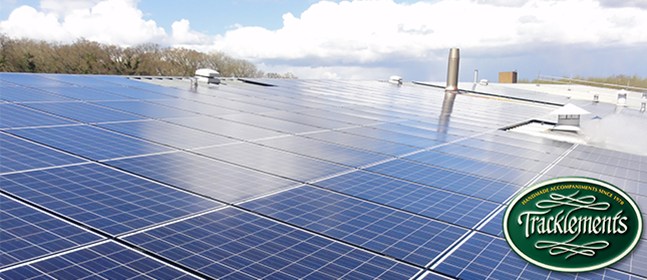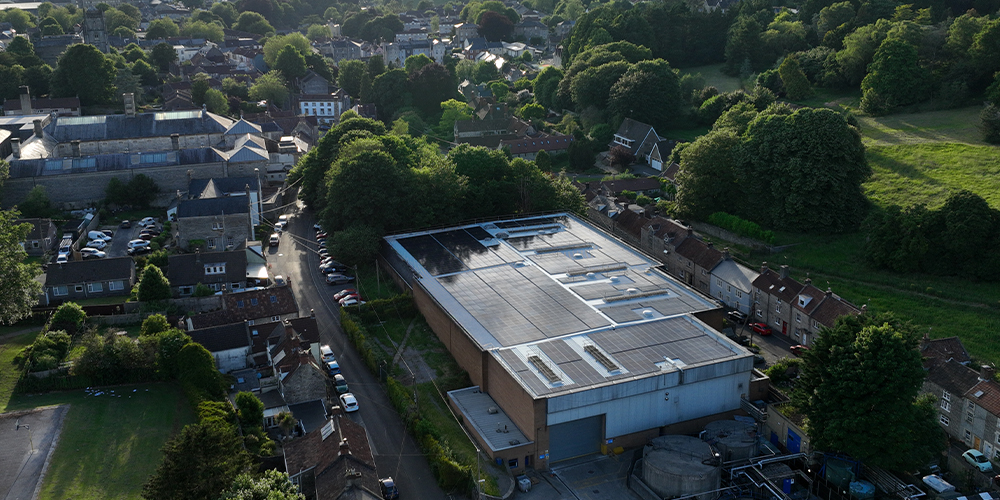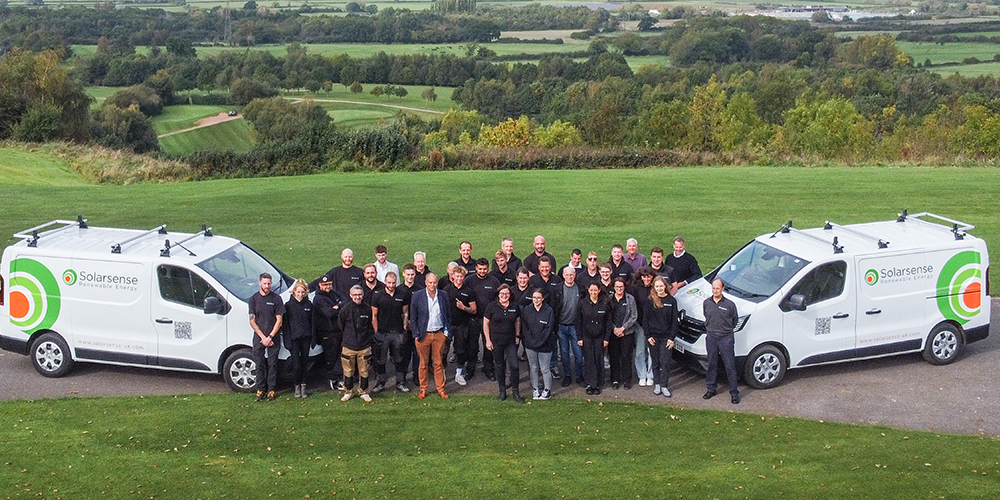
The energy challenges of food and drinks production
The Carbon Trust estimates the food and drinks processing industry is the fourth highest industrial energy user in the UK.
In 2010, it consumed nearly 37TWh; enough energy to power 125,000 homes for nearly 15 years. It emitted around 11 million tonnes of carbon dioxide into the atmosphere.
To combat this, the Trust advises that energy consumption in the sector could be considerably reduced by implementing simple and effective energy efficiency measures, reducing carbon emissions and cutting the costs for businesses.
‘The total energy consumption of Britain’s catering industry is estimated to be around 20,600 million kWh per year,’ writes the Trust. ‘The energy used in catering facilities typically accounts for 4-6% of operating costs.
‘Many caterers work on a profit margin that is within this range, so it is obvious that saving energy can directly increase revenue and profitability without the need to increase sales.’
In addition, the food and drinks production sector must maintain a positive relationship with its customers. The Trust advises the general public is increasingly aware of the effects of climate change and the impact that it has on the environment.
‘It is important for businesses to demonstrate their commitment to reducing carbon emissions to ensure that they retain consumer confidence and maintain their position in the marketplace,’ it says.
Case Study: The Tracklements Company
Based in the heart of Wiltshire, the Tracklements Company makes an award-winning range of over 60 artisan condiments, from the UK’s first Wholegrain Mustard to the Original Onion Marmalade.
Tracklements was looking to reduce its utility costs and carbon emissions, so the firm contacted its green electricity supplier, Good Energy, for advice on how renewable energy could help.
Solarsense has now installed a 82kWp Solar PV system which will provide more than 69,000 kWh of electricity per year. During operating hours 100% of the green electricity will be used on-site.
“We decided to generate our own clean electricity because we wanted to reduce both our operating costs and our impact on the environment,” says Becky Vale, Marketing Director, Tracklements.
“The new system is working really well. We’re very pleased with it,” she concludes. Annual CO2 emissions savings are predicted to be 36.4 tonnes.
The financial benefits of carbon reduction for food and drinks producers
On-site renewable energy generation and energy efficient technologies should play an important role in an integrated approach to lowering food and drinks producers’ carbon footprint. The benefits are numerous:
1) Reduced energy costs, freeing up finance for other business needs
2) Futureproofing against unpredictable, fast rising energy prices
3) Compliance with mandatory environmental regulation, present and future
4) Greener branding is crucial for food and drinks; offering benefits both to image and in terms of sustainability reporting
5) Protection against blackouts using renewable on-site generation
6) Many supermarkets/retail chains are looking to green their supply chain; investing in carbon reduction can lower the manufacturing carbon footprint of a product
Low carbon technologies for food and drinks producers
Solar PV / Solar thermal
An increasing number of food and drinks producers are investing in on site solar PV as a secondary energy source, to minimise the amount of primary energy used from the grid. The large roof spaces typical of manufacturing facilities are ideal to take maximum advantage of this technology.
Solar PV offers fast payback (typically 6-7 years) and is very reliable, with 25 year performance guarantees and a life expectancy of over 40 years. It is very low maintenance, placing minimal burden on facilities managers.
In addition; ‘Solar thermal technologies can be quite cheap to buy and install,’ writes the Trust. ‘Moreover, they are silent and nearly invisible from the ground.’
Energy efficient lighting
Compared with traditional lighting, next generation LED lighting is hugely efficient. Energy savings of up to 90% can be achieved; typical payback is within 1 to 2 years.
Crucially, today’s energy efficient lights offer brighter yet kinder environments for manufacturing, making day to day work, staffing and health and safety better, maximising productivity and improving staff happiness and product quality.
In addition, LED lighting doesn’t give off heat like conventional lights; a crucial element within the heat sensitive/chilled environment of food and drinks production.
Battery storage
Battery storage options are ideal for manufacturers; they store unused solar energy generated during daylight hours, which can be used when needed. For food and drinks manufacturers operating Monday to Friday, it means that solar energy generated during the weekend can be used on dark weekdays (for example in the winter), drastically reducing energy costs. Solarsense offers a range of battery storage options; contact us for advice on the best solution for your application.
Heat pumps
Ground source heat pumps can help lower the cost of heating food and drinks manufacturing facilities.
The shift to food and drinks production sustainability
The drive to green up food and drinks production is here. It is driven by rising energy costs, the urgent need for carbon efficiencies, and in no small measure branding opportunities and public demand for greener consumables.
Contact Solarsense today, to explore how we can help food and drinks producers become more competitive with our low carbon solutions.
Tel: 01275 461 800
Email: info@solarsense-uk.com
FURTHER NEWS
You might like…



